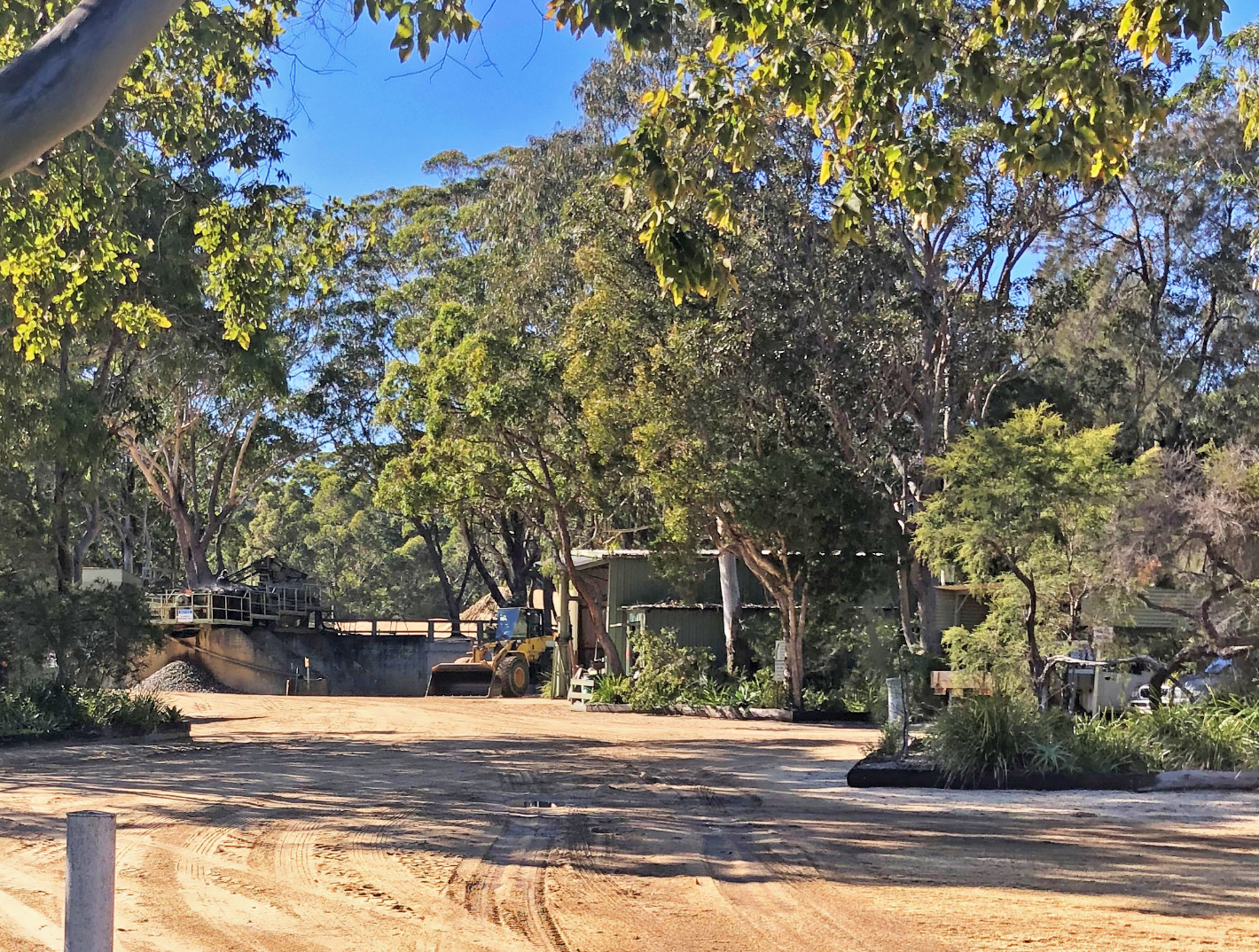About Us
Operating since 1974, AUSTONE was established on a site previously used for Rutile mining, located at Macksville, which is halfway between Sydney and Brisbane on the NSW north coast.
Allan Russell the founder and principal, identified a market for Quartz pebbles that had specific characteristics including hardness, being well rounded and in a variety of sizes that exhibited the highly regarded “Nambucca Gold” colour.
The Nambucca pebble deposit was derived from the wave erosion of a conglomerate formation exposed on the sea floor millions of years ago. As erosion released the pebbles over time, they were moved to shore in the prevailing ocean current. The effects of this erosion and movement over a very long period, gives the pebbles their characteristics.
To prepare the pebbles for sale in commercial quantities, they needed to be ‘graded’ into a variety of sizes, so to achieve this, specific processing equipment was designed and built at the AUSTONE plant that both grades and washes the pebbles to provide clean ready to use product.
The initial demand for small pebbles for use in paving, soon expanded into wider applications and our sands and pebbles are now sold throughout Australia into a diverse range of applications including Aquariums, Landscape, Swimming pools, Paving, Mineral Processing, Water Filtration and more.
Many well-known sites with large public spaces have used our AUSTONE pebbles, including Brisbane Arts Centre and Sydney Observatory.
AUSTONE remains an Australian owned family company, our dedicated team constantly strive to meet the growing demand for our products while also caring for the local environment in which we operate.






Sustainability
Since our beginning we have always recycled the fresh water we use, it’s all sourced from rainwater and stored on site in tanks and a pond, which also provides refuge to a variety of local fauna. We were early adopters of solar power and have integrated this renewable energy resource into our Macksville Plant operations.
When transporting the raw material from our quarry pits to our processing plant we use smaller, more efficient sized vehicles, which have a lower impact on the local environment.



